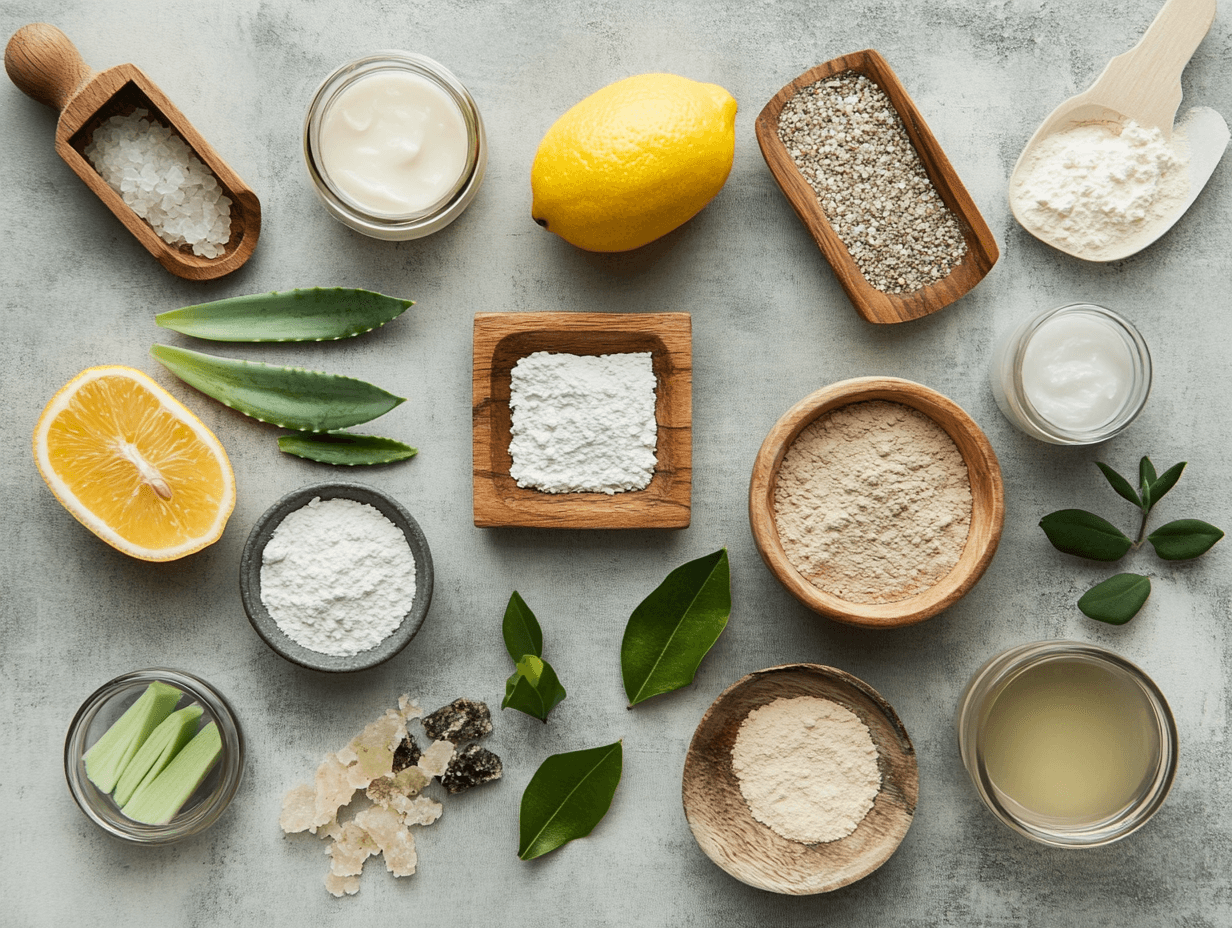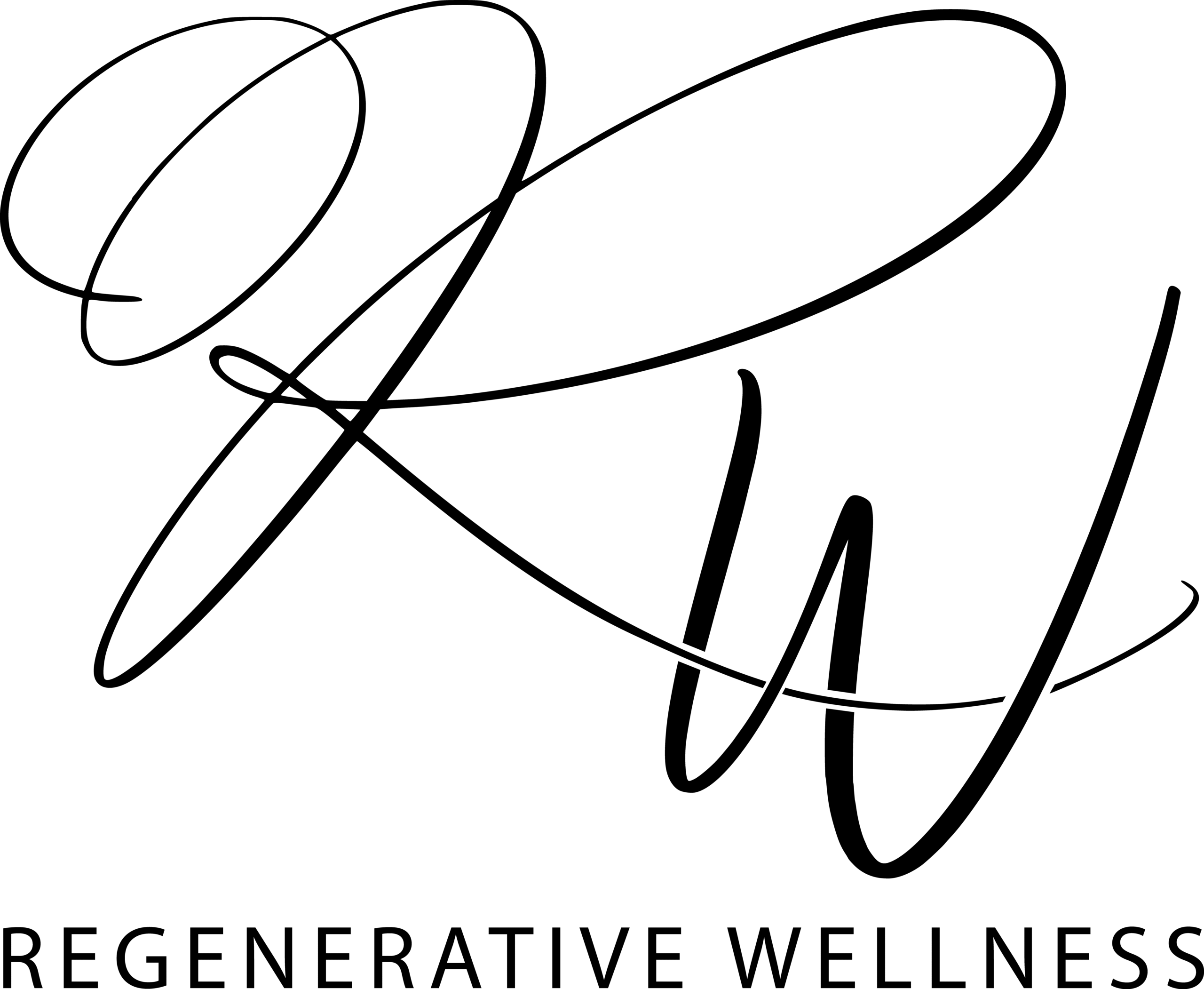Understanding pH in Skincare and Cleaning

When it comes to choosing or making your own products, this pH Levels Guide for natural skincare and cleaning ingredients helps you understand how different ingredients affect performance and safety. The pH scale ranges from 0 to 14, with 7 being neutral. A pH below 7 is acidic, while a pH above 7 is alkaline.
Knowing where an ingredient sits on this scale helps ensure it supports your skin’s health or effectively cleans your home — without irritation, damage, or harsh chemicals.
Best pH for Skincare Products
- Ideal pH Range for Skin: 4.5 – 5.5
- The skin’s natural acid mantle protects against bacteria, pollution, and moisture loss.
- Skincare products should stay close to this range to avoid irritation or dryness.
Using naturally derived ingredients such as aloe vera, bentonite clay, and activated charcoal helps maintain healthy skin while supporting the natural protective barrier.
Best pH for Cleaning Products
- Mildly alkaline to highly alkaline (pH 8–12) is best for cleaning.
- Alkaline substances like borax, washing soda, and bicarbonate of soda (baking soda) effectively break down grease, dirt, and stains.
- A pH that is too high (above 12) may be too harsh for delicate surfaces and skin, especially in natural formulations.
pH Levels of Natural Skincare and Cleaning Ingredients
Acidic Ingredients (pH 0–6.9)
These ingredients help exfoliate, balance, and preserve skin and cleaning solutions.
- Citric Acid (pH 2–3) – Natural preservative, exfoliant, and pH adjuster.
- Apple Cider Vinegar (pH 3–4) – Popular in natural skincare and cleaning products. It works as a skin toner, scalp treatment, and gentle eco-friendly cleaner.
- Lemon Juice (pH 2–3) – Antibacterial, brightening (caution: can be harsh on skin).
- Aloe Vera (pH 4–5.5) – Soothes, hydrates, and balances skin’s pH.
- Dead Sea Salt (pH 5–7) – Rich in minerals; detoxifies and soothes.
- Epsom Salt (pH 5–6) – Relieves sore muscles, improves circulation.
Neutral to Slightly Alkaline Ingredients (pH 7–9)
These ingredients are gentle and balancing for skin and safe for cleaning.
- Shea Butter (pH 6–7) – Deeply moisturising and skin-protecting.
- Magnesium Chloride (pH 7–8) – Muscle relaxation, supports skin hydration.
- Bentonite Clay (pH 6–7) – Detoxifies skin, absorbs excess oils, ideal in natural face masks.
- French Clay (pH 7–8) – Purifies pores, brightens complexion.
- Rhassoul Clay (pH 6–7) – Gently cleanses, softens skin, commonly used in gentle skincare routines.
- Activated Charcoal (pH ~7) – Absorbs toxins and impurities in both skincare and cleaning.
Alkaline Ingredients (pH 8–12)
Alkaline cleaning products offer powerful degreasing and neutralising effects.
- Bicarbonate of Soda (Baking Soda) (pH 8–9) – Common in chemical-free cleaning. Helps exfoliate skin and deodorise surfaces.
- Washing Soda (Sodium Carbonate) (pH 11–12) – Stronger than baking soda, excellent degreaser.
- Borax (pH 9–10) – Natural laundry booster, disinfectant, and mould inhibitor.
Why pH Matters for Skin and Cleaning
For Skincare:
- A low pH (4.5–5.5) keeps skin healthy, preventing bacteria and irritation.
- High pH skincare (above 7) may strip the acid mantle, leading to dryness and breakouts.
- Exfoliating acids (pH 3–4), such as those in citric acid and apple cider vinegar, renew skin, but overuse can lead to sensitivity.
For Cleaning:
- Acidic cleaners (pH 2–5) remove rust, mineral build-up, and disinfect surfaces naturally.
- Alkaline cleaners (pH 8–12), like borax and washing soda, break down grease and stains.
- pH-neutral cleaners (pH ~7) are safe for delicate surfaces and everyday use.
Choosing the Right Natural Products for Your Home and Skin
If you’re formulating or shopping for non-toxic, eco-conscious products, understanding the pH of ingredients is key. Look for items that align with your skin type or cleaning goals and use ingredients like bentonite clay, rhassoul clay, or activated charcoal to maintain gentle, effective results.
DIY Natural pH Testing
For home formulations, use pH strips or a digital meter to test your mixtures. Adjust with:
- Citric acid to lower pH
- Baking soda to raise pH
This ensures your homemade skincare or cleaner stays within a safe, effective range.
Final Thoughts
Understanding pH levels in natural skincare and cleaning ingredients empowers you to make better choices. Whether you’re managing sensitive skin or reducing chemicals at home, knowing which pH level suits your purpose helps maintain balance, boost results, and support your well-being.
If you’re focused on home care, read our pH Levels in Cleaning: What to Use and When guide to explore which natural ingredients work best for every surface in your home.
Resources
Cleaning products: Their chemistry, effects on indoor air quality, and implications for human health
Average pH Level of Bleach, Borax, and Other Common Cleaning Supplies
Understanding the pH Scale of Cleaning Chemicals and Why It Matters



